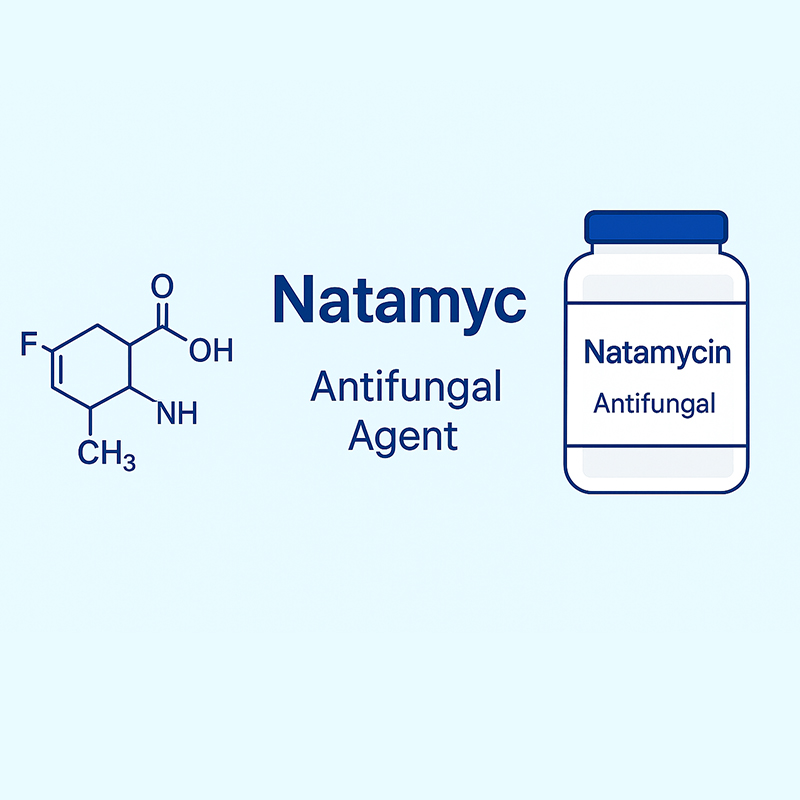Application of Natamycin in Dry-Cured Salami
Regulatory Basis: According to European food additive regulations, Natamycin (E 235) is permitted for **surface treatment of dried cured sausages**, with maximum application levels of 1 mg/dm² and no penetration deeper than 5 mm. Codex Alimentarius also recognizes Natamycin as safe for use in dried meat products, provided it remains on the surface.
Introduction: Dry-cured salami is a traditional European specialty, known for its unique fermentation flavors and long maturation process. However, surface fungal growth during storage is a major issue, affecting product appearance, safety perception, and shelf stability. Consumers prefer naturally preserved products without synthetic fungicides.
Problem: During refrigerated storage, salami often develops visible mold growth after 20–25 days, especially in vacuum-packed or semi-permeable packaging. These molds compromise consumer acceptance, shorten shelf life, and increase product loss for producers. The challenge was to control fungal growth while maintaining the natural sensory profile and regulatory compliance.
Solution: After fermentation and drying, salami sausages were dipped and lightly sprayed with a Natamycin solution at a surface concentration of 1 mg/dm². To strengthen protection, the natural casing was also treated with vinegar extract, offering additional antifungal activity. This dual approach allowed effective fungal control without systemic penetration into the meat.
Results:
Shelf Life Extension: Product shelf life extended from \~25 days to \~50 days under refrigerated storage at 4 °C
Fungal Inhibition: Yeast and mold growth on the salami surface was effectively suppressed, ensuring clean appearance during storage
Sensory Quality: Maintained traditional flavor, aroma, and texture of salami without altering fermentation character
Clean Label Compliance: Natamycin surface use complied with EU additive regulations, and the use of vinegar extract strengthened the natural preservation image
Conclusion: Surface treatment of dry-cured salami with Natamycin—within regulatory limits—provides strong protection against yeast and mold growth, doubling shelf life without compromising flavor or texture. This approach supports clean label reformulation, reduces product loss, and maintains consumer trust in premium fermented meat products.
